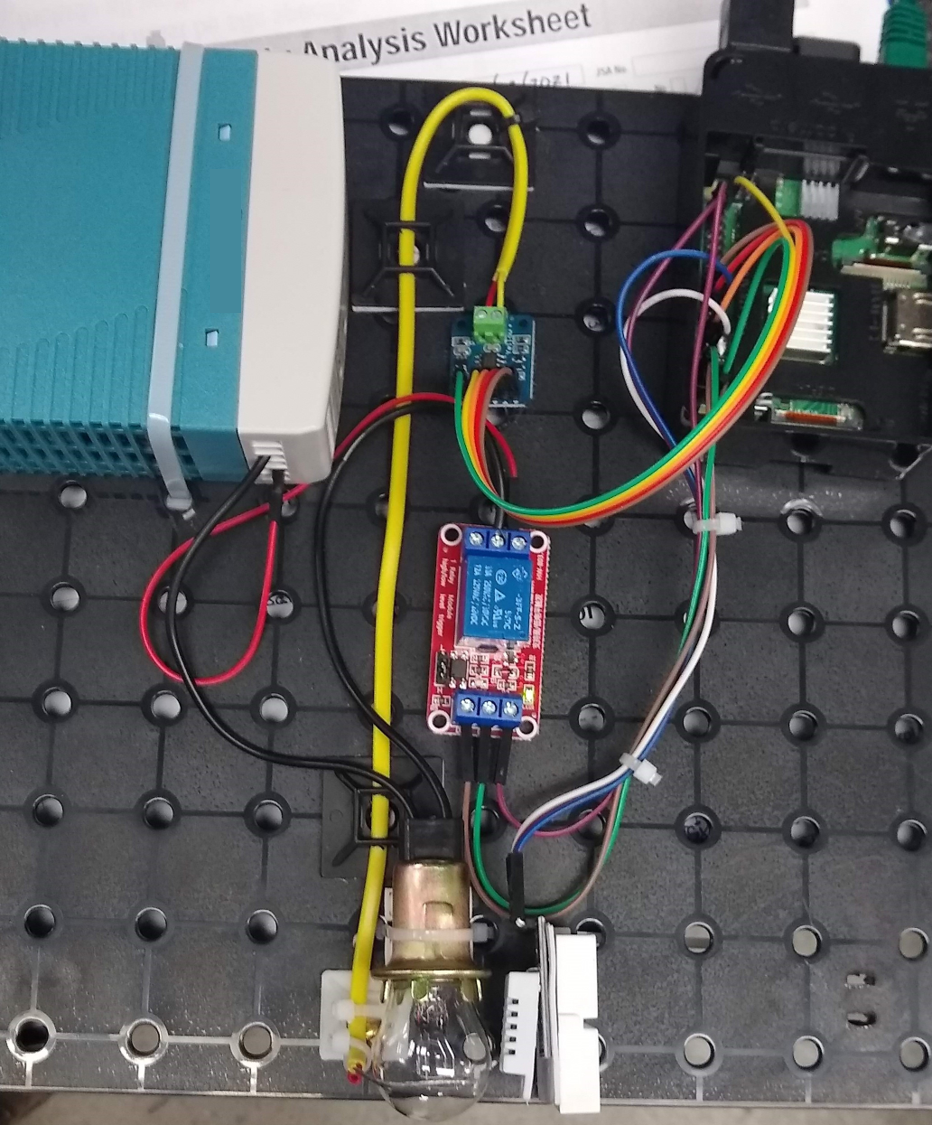A few days ago I noticed a white house release regarding it’s federal artificial intelligence workforce development program that you can read about
at this link. Part of the initiative involves creating a workforce development and recruitment effort modeled after the
NSA/NSF Scholarship for Service (SFS) program.
Over dinner at the SFS student job fair in Washington DC last month, the SFS Program Office announced that Victor Piotrowski would leave his role with SFS to help stand up the federal AI workforce initiative. Several faculty members from long-standing SFS schools, including myself from Idaho State University, and Dr. Jim Alves-Foss from University of Idaho stood in ovation for Victor’s dedication. I shouted, “Thank you, Victor!” at the top of my voice.
I think the new federal AI initiative is very interesting, I’m glad that the CyberCorps Scholarship for Service initiative can serve as a useful model for what federal policy can do to address this important need.
All of our lives are being impacted by AI. I just finished reading Mustafa Suleyman and Michael Bhaskar’s work “
The Coming Wave“.
To me, the book argues persuasively that individuals, communities, academics, policy-makers, and executives need to think differently about technology in general, the evolution of technology, and the ramifications of technology across all disciplines.
I think the most intriguing part of the book was the discussion of what the next 10 or 20 years could hold, based on current developments and market forces. The authors’ treatment of containment as the only strategy that can harness the wave for long-term human (homo technologicos) was also of great interest. The book featured several examples of failed technological containment and several examples of moderately successful technological containment.
Near the end of the book, the authors’ describe
Luddite efforts to physically destroy factory machines, such as automated looms, during the industrial revolution in England. The authors assert that within 50 or so years of those destructive attacks, Luddite concerns were irrelevant because because by then, the children of the technological resistance were benefiting directly from vastly improved lives that the technology ultimately enabled.
This got me thinking about the relationships between technology, individual well-being, social well-being, and political structures. On the relationship to political structures, I realized more fully that communism as originally conceptualized by Marx and Engels were political responses to fundamentally technological advancements.
Suleyman and Bhaskar did not make this connection directly, but they did point out that governments have generally failed to develop sound policies specifically around technological advancement. They call for intentional efforts to develop a cadre of interdisciplinary professionals, dedicated to advancing the field of technological safety/security.









